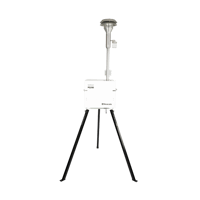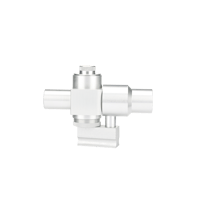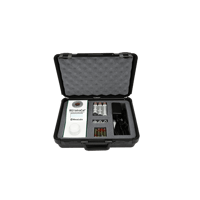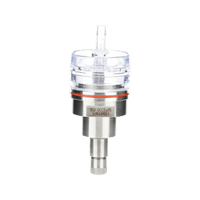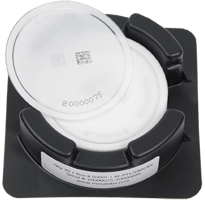Ambient Air Sampling & Particulate Matter Instruments
-
Ambient Air Sampling & Particulate Matter Instruments
Pioneering Technology For A Healthier Environment
Protecting the health and welfare of our communities requires advanced tools for ambient air sampling and analysis. Mesa Labs makes it possible to monitor particulate matter and environmental conditions for EPA compliance with convenient, reliable solutions manufactured in our NIST-traceable and ISO-9001:2015 certified facilities.
Air Quality Insights
Insights, news, research, trends, strategies, and best practices for air quality monitoring professionals.

Regulatory
Understanding the Implications of the EPA's Strengthened Air Quality Standards
Explore the technical nuances and practical implications of the EPA's recent announcement regarding strengthened air quality standards.
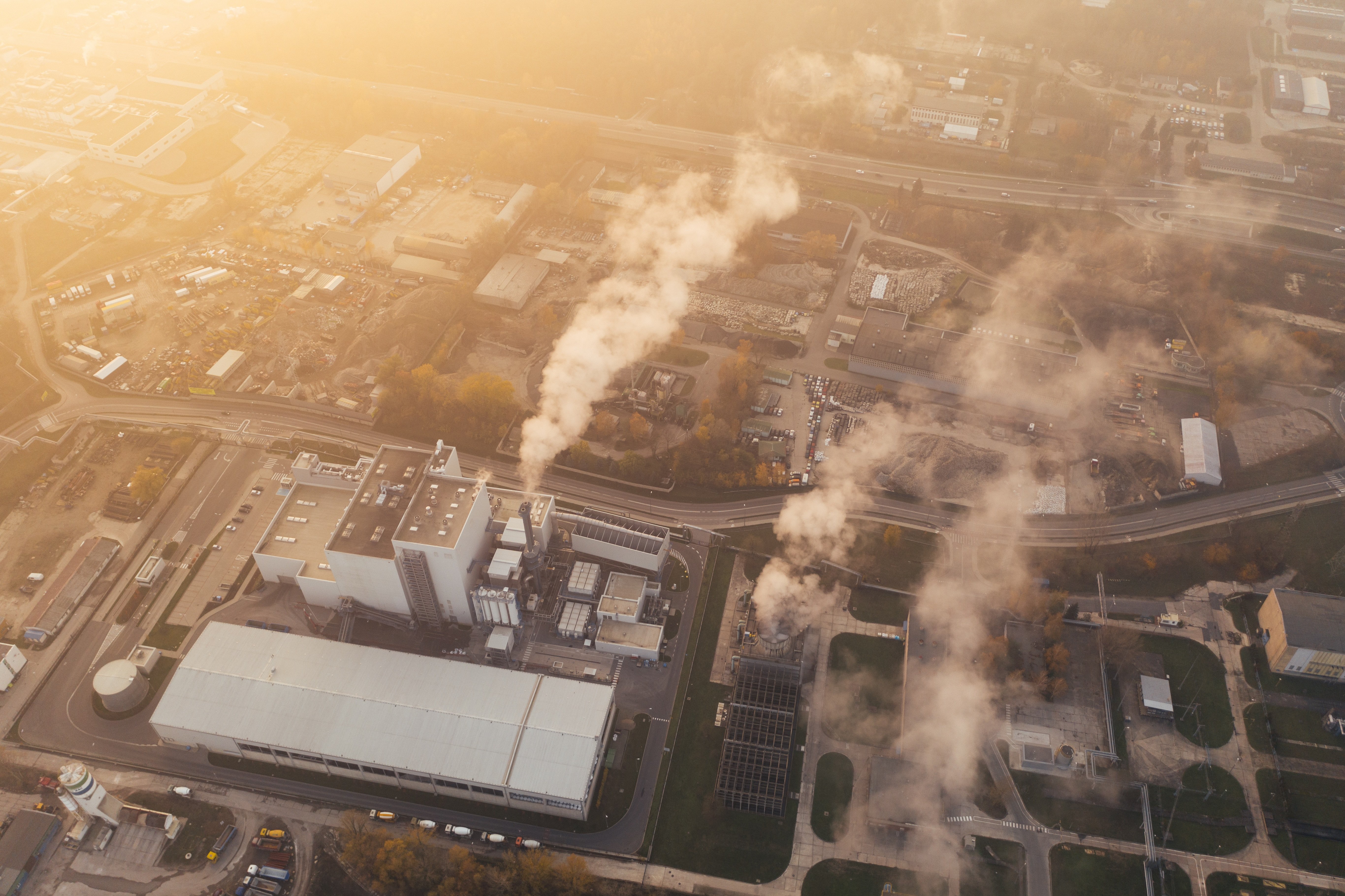
HEALTH
Improving Air Purity and Health Outcomes: 5 Crucial Considerations
Explore the crucial factors to evaluate when implementing air quality monitoring programs at the state and local levels. Discover Mesa Labs' advanced solutions, including the EPA-recognized PQ series, ensuring accurate and reliable measurements for improved community health and safety.
Meet Or Exceed Environmental Requirements
Mesa Labs designs equipment, materials, and software to keep you compliant with the most stringent requirements for environmental pollutants and air quality. Whether you’re subject to EPA guidelines, European standards, or other measurements, find your solution with Mesa Labs.
Accurate
Our NIST-traceable laboratory is ISO-9001:2015 and EPA certified for advanced quality assurance and reliability. Find the equipment, accessories, and software you need to meet any requirements.
Innovative
Mesa Labs breakthroughs include solar-powered samplers and internal batteries to prevent disruption from power outages and allow for long-term monitoring apart from an AC power source.
Resilient
We offer flexible solutions to fit the most complex requirements. Our equipment is field-tested for durability and withstands the wear and tear of extreme conditions and frequent use.
Solution Portfolio
Our complete line of samplers, calibrators, accessories, filter media, and software gives you everything you need to monitor and evaluate air quality and environmental conditions according to your specifications.
Stay Operational And Compliant
Annual calibration and repair ensure optimal functioning and aids your auditing process. Our ISO-certified facility offers advanced service and accessory options to give you the customized performance and accuracy you need to maintain compliance.
